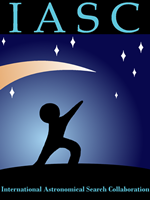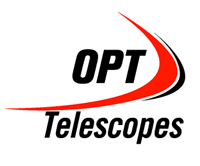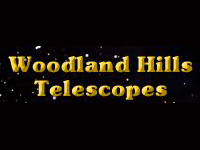March 31 - May 5, 2016
Astronomers Without Borders and the IASC are sponsoring a special asteroid search campaign as part of Global Astronomy Month (GAM2016) in April. Fifteen schools from around the world will be selected to participate in this campaign, which takes place from 31 March to 5 May, 2016. Applications close 21 March, please fill out the form at the bottom of the page to apply.
The International Astronomical Search Collaboration (IASC=”Isaac”) is an online educational outreach program for high schools and colleges, in which students make original astronomical discoveries. Each day students receive telescopic images, only hours old and taken along the ecliptic. Using the software Astrometrica, they accurately measure the time and position of asteroids moving in the background. The measurements are recorded in a report sent to the Minor Planet Center (Harvard).
Schools are selected to participate based primarily on a one-paragraph description of the reasons the teacher and students would like to participate. To allow for geographic diversity in this special GAM2016 global project, no more than one school will be selected from any country. There is no cost to the students or schools.
Weather permitting, each school receives 3-5 unique sets of images each week of the campaign. Students download each image set and search them for asteroids just hours after they have been taken along the celestial ecliptic by the Astronomical Research Institute (ARI) and University of Hawaii (Pan-STARRS). Students use Astrometrica software, with IASC teachers who have participated in asteroid search campaigns available through the web site to answer questions by email and help with learning the software.
Images are provided to IASC by the Astronomical Research Institute (Westfield, IL), Institute for Astronomy at the University of Hawaii (Haleakala), and the Catalina Sky Survey at the University of Arizona (Tucson). Follow-up support is provided by Tarleton State University (Stephenville, TX), Western Kentucky University (Bowling Green, KY), Sierra Stars Observatory Network (Markleeville, CA), Faulkes Telescope Project (Wales), and Shiaparelli Observatory (Italy).
In 2015, 5000 students from 500 schools in more than 80 countries participated in IASC asteroid searches. Since starting in October 2006, 1150 asteroids have been discovered, of which 33 have been numbered by the International Astronomical Union (Paris). Numbered asteroids are recorded in the world’s official minor planet catalog and can be named by their student discoverers.
Note: Even if your school is not selected to participate in this special GAM2016 project, it may still be able to participate in any of the 20 or more other asteroid search campaigns IASC organizes throughout the year.
Download asteroid orbital paths to swell print for the visually impaired from the SEE Project.
Share your experience with the world on Facebook and Tweet using #GAM2016 hashtag (@gam_awb).
To apply, please fill out the below form. Applications close 21 March 2016









